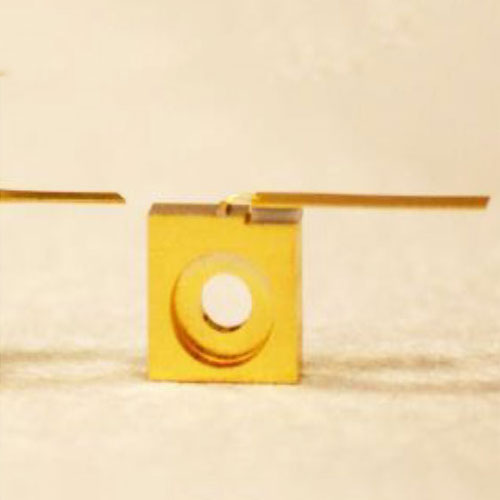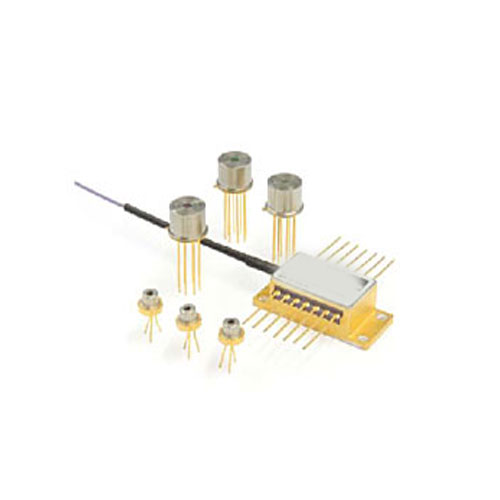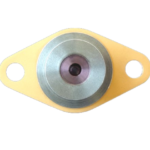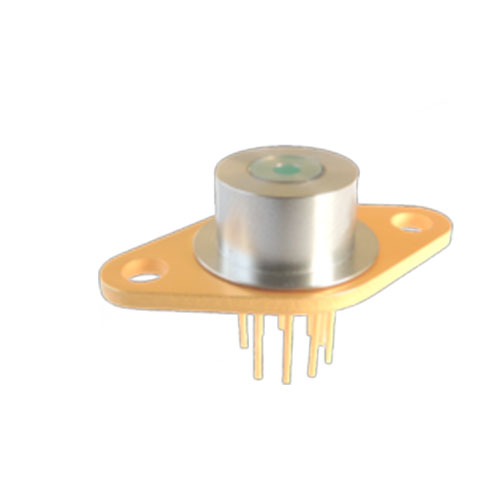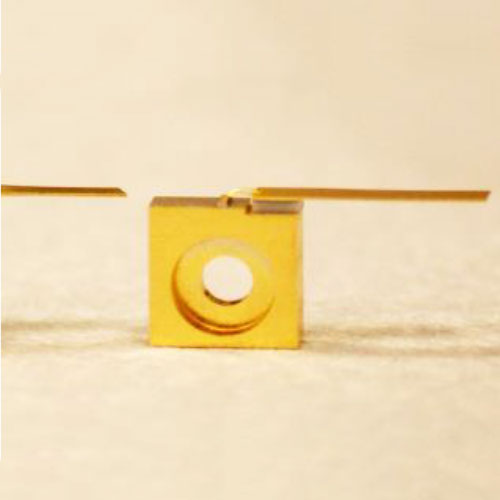Description
2600nm FABRY-Perot LASER Diode.The laser diode with a laser resonator exhibiting substantial reflections at both ends, but no distributed reflections inside. Alternative term: FP laser diodes
T=20 ℃,Continuous-wave operation
| Parameter | Unit. | Min. | Typ. | Max. | |
| Resonator length | mm | 1 | |||
| Ridge width | um | 5 | |||
| AR coating | % | 3 | |||
| HR coating | % | 95 | |||
| Thershold current @ 20 ℃ | mA | 100 | |||
| Operating current @ 20 ℃ | mA | 0 | 500 | ||
| Operating voltage | V | 0 | 1.6 | ||
| Peak output power | mW | ||||
| Centrt wavelength @ 480 mA | nm | ||||
| Mode properties | |||||
| Mode | polarization | ||||
| Single-TE00 | TE | ||||
A Fabry–Pérot laser diode (FP laser diode) is the most common type of laser diode, having a laser resonator which is a Fabry–Pérot interferometer. This means that substantial light reflections occur at both ends, but not within the gain medium. In contrast to that, the resonator of a distributed Bragg reflector laser exhibits a distributed reflection throughout the gain medium, usually created by a grating structure.
In the simplest case, the end reflections in an Fabry–Pérot laser are Fresnel reflections at the interface between the semiconductor device structure and air. Note that the refractive index contrast at these locations is quite high, leading to a substantial reflectivity without any additional measures. If that principle is utilized on both sides, the threshold pump power may already be low enough, and about half of the optical output power is obtained at each side.
In order to obtain the total output power on one side, which is usually preferable, or for optimizing the output power via a lower threshold pump power, one often increases the reflectivity on the side opposite to the output side, e.g. with a semiconductor Bragg mirror structure. In the specific case of a distributed Bragg reflector laser (DBR lasers), increased reflectivities are obtained with Bragg mirrors, or with a Bragg mirror on only one side.
